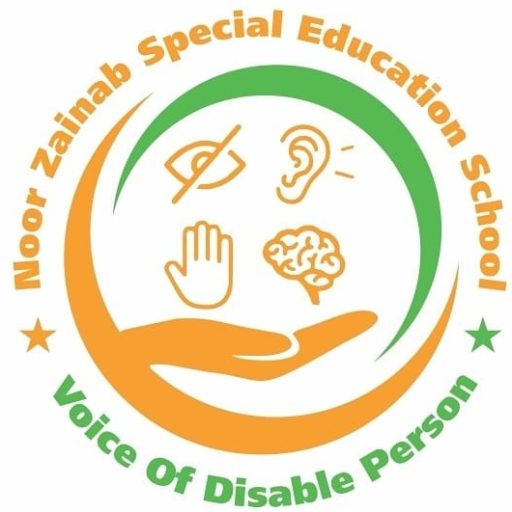The Efficacy of Occupational Therapy in Improving Daily Living Skills in Children with Dyspraxia
Developmental coordination disorder (DCD), also known as dyspraxia, is a condition characterized by poor motor coordination and difficulties in planning and carrying out motor activities. This illness can substantially influence a child’s capacity to conduct daily activities, including academic performance, social interactions, and general quality of life. Occupational therapy (OT) is an effective intervention for improving daily living skills in children with dyspraxia, giving them the tools to navigate their settings more independently and confidently.
Understanding Dyspraxia and Its Challenges
Dyspraxia is a neurological disorder that impairs information processing, leading to problems with balance, motor coordination, and spatial awareness. Both big motor abilities like sprinting, jumping, and catching a ball as well as fine motor skills like writing, buttoning garments, and using utensils are frequently difficult for children with dyspraxia. Children who struggle to keep up with their peers may experience social isolation, low self-esteem, and frustration as a result of these difficulties.
The Role of Occupational Therapy
Helping people become independent in all areas of their lives is the main goal of occupational therapy. OT seeks to increase motor coordination, self-confidence, and capacity to carry out everyday tasks for children with dyspraxia. Occupational therapists collaborate closely with kids and their families to create individualized intervention programs that are suited to each child’s particular needs.
Key Strategies in Occupational Therapy for Dyspraxia
Task Analysis and Adaptation: Occupational therapists divide difficult tasks into smaller, more doable parts so that kids can progressively become proficient at each one before putting them all together to perform a whole activity. By using this approach, activities become less daunting, leading to a sense of accomplishment
Sensory Integration Therapy: Children who receive sensory integration treatment are better able to process and react to sensory input. Kids can enhance their motor skills, balance, and spatial awareness by participating in sensory-rich activities. Playing with tactile materials—leaping, and swinging, for instance, can improve sensory processing.
Handwriting and Fine Motor Skills: Because of their poor fine motor control, many children with dyspraxia have difficulty writing. Occupational therapists improve handwriting abilities through a variety of strategies, including hand-strengthening exercises, grip adjustments, and specific writing instruments. Drawing, cutting with scissors, and playing with little items can all help improve fine motor coordination.
Gross Motor Skills Development: To address balance and coordination issues, occupational therapists create tasks that strengthen gross motor abilities. Obstacle courses, climbing, and balance exercises are all possible options. Children can gain the skills needed to participate in sports and recreational activities with their peers by practicing these activities in an organized setting.
Self-Care Skills Training: Occupational therapists focus on self-care skills, including dressing, grooming, and feeding, which are necessary for everyday independence. Using adaptive approaches and resources, therapists teach youngsters how to accomplish these tasks more effectively. For example, employing button hooks, elastic shoelaces, and adaptable utensils can help with self-care activities.
Benefits of Occupational Therapy for Children with Dyspraxia
The impact of occupational therapy on children with dyspraxia is profound and multifaceted. Here are some of the key benefits:
Enhanced Independence: Children with dyspraxia can become more autonomous by strengthening their ability to do daily life skills. This enhanced independence encourages self-reliance and confidence
Improved Academic Performance: Children with dyspraxia can become more autonomous by strengthening their ability to do daily life skills. This enhanced independence encourages self-reliance and confidence
Increased Social Participation: Children with dyspraxia who have improved motor coordination and self-confidence are likelier to participate in social activities with their peers. Increased participation can help them enhance their social skills and feel less isolated
Better Emotional Well-Being: Occupational therapy can help patients overcome dyspraxia and enhance their mental health. Children who succeed in their daily activities are less likely to be frustrated and more likely to develop a positive self-image
Family Support and Education: Occupational therapists also help families comprehend their child’s condition and suggest solutions to help with daily activities at home. This support can help to minimize family stress and improve the general well-being of the family.
Children with dyspraxia benefit greatly from occupational therapy. Occupational therapists assist young children in developing the motor coordination and self-confidence they need to navigate their settings more independently by using individualized therapies and focused tactics. Occupational therapy improves children in various ways, including academic performance, social involvement, emotional well-being, and family dynamics. As awareness of dyspraxia grows, the value of occupational therapy in assisting these children and their families cannot be overemphasized.

